A Prussian Love Story

The Nazi’s Minister of Propaganda Joseph Goebbels meticulously documented the myriad of affairs he had across over 30,000 pages of his diary. His affair with actress Lida Baarova in 1934 escalated so far that his wife, Magda, barred him entry from their home. This compelled Adolf Hitler himself to order an end to the matter. Years later when “A Prussian Love Story” was released worldwide, Goebbels found himself disturbed by Kaiser I’s affair in the film. With the portrayed scandal resembling his own, he issued an immediate ban that kept the film from premiering in Germany until 1950.
La Grande Illusion
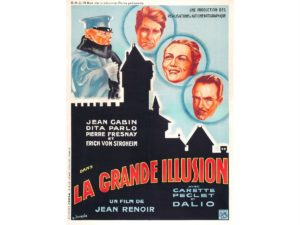
La Grande Illusion is about German-held French POWs during WWI who attempted to escape from their prison camp. Praised as one of the best films ever made, it was hailed for its fair and human approach to the characters. This includes a German officer who’s torn between his duties and the sympathy he feels for the main characters. It was nonetheless targeted by Joseph Goebbels in 1937 for its anti-war themes. Not only was the film banned, but every negative in Germany was incinerated and Goebbels condemned it as “Cinematographic Enemy Number One.”
Titanic
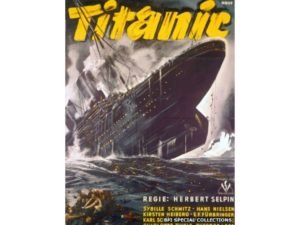
Goebbels helped fund the original Titanic in an effort to show the world just how proficient the Germans were at films. The plot also bore a pro-German spin as it was an analogy for the pitfalls of American and British capitalist beliefs. Within weeks of its release in 1943, Goebbels banned Titanic from German cinemas despite his hand in creating it. His rationale was that it would lower morale among the German people at a time when Allied forces were carrying out regular bombing runs. The West subsequently banned the film for its main element of Nazi propaganda; a selfless, noble German soldier who stood out from the boorish British and American passengers.
All Quiet On The Western Front
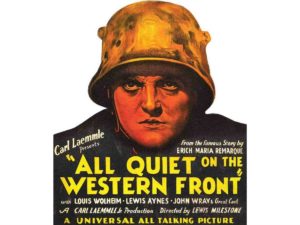
All Quiet On The Western Front was a realistic portrayal of trench warfare during WWI, and as such met much controversy upon its release in 1931. The plot followed an American soldier, but it was banned in Poland for being “pro-German.” This played a harsh contrast to Hitler’s interpretation years later. He felt the film was “anti-German,” and sent Goebbels out with riot squads to chase out theater-goers who were caught watching it. Goebbels’s crew used sneezing powder and stink bombs to clear out entire cinemas. The producer, Carl Laemmie re-released a heavily cut version of the film so as not to lose his large German audience.
The Barnyard Battle
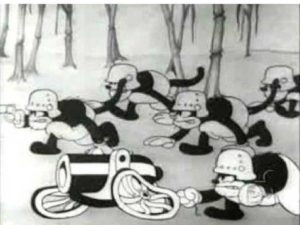
The first example of German film censorship came three years before Hitler even came into power. The film in question, The Barnyard Battle, was released during a period where Germany was still paying heavy reparations for WWI. It was a Mickey Mouse short depicting a hastily-formed militia of mice defending their homeland from an army of cats. The German government was offended by the cats helmets which bore a striking resemblance to the pickelhaube worn by German officers. It was deemed “offensive to national dignity,” and was banned until after WWII.
Zero For Conduct
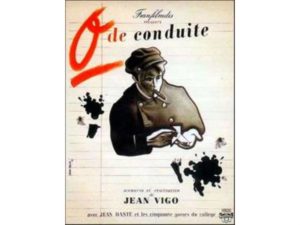
When Zero For Conduct was released in France in 1933, it was lambasted for its anti-law and order content. The story centered on four students in an oppressive boarding school and their eventual conquest of the facilities. The French Ministry of the Interior wasted little time in banning it over fears of radicalizing the younger generation. The ban wasn’t lifted until months after the Germans fell in 1945. Oddly enough, Hitler also banned the film for nearly the exact same reasons.
Le Corbeau

The German-made French film Le Corbeau featured a main character, inconspicuously named Germain, in a French town jokingly referred to as ‘Nowhere.’ It was released just as the occupation of France began in 1943. Strangely enough, it was quite popular among the French population until the Germans were defeated in 1945, when French leftists petitioned for a ban. They condemned it for putting the French people in a poor light. This post-war ban was then lifted only two years later, since becoming a classic French noir.
Goodbye, Franziska!
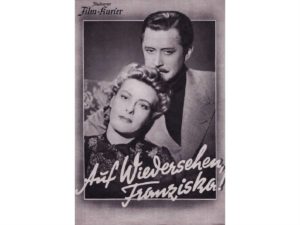
Goodbye, Franziska! was made by prolific German director Helmut Käutner who shot 10 of his 40 plus films during the days of the Nazi regime. As with all popular media during that period, Käutner was required to abide by Nazi censorship standards. While Goodbye, Franziska! was simply a romance film devoid of any political leanings, it was still banned by Allied powers when the war ended. The reason being that the very last clip showed a slide urging viewers to support the [German] war effort. Not wanting to lose his audience, Käutner eventually assuaged suspicions by informing his world wide audiences that he was forced to insert ending shot by Nazi officials. The bans were lifted following his appeals.
Jud Süß
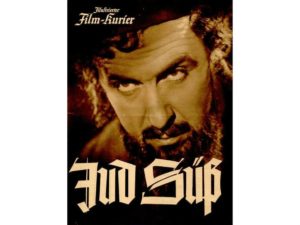
When the Allied Military Government occupied Germany in 1945, they eradicated all the negatives of Nazi propaganda film Jud Süß due to its anti-Semitic content. Nine years later, they issued a court order for the director, Veit Harlan, to eliminate the master copy he possessed. Harlan complied, yet the film began making appearances in Egypt and Lebanon during the proceeding years. The KGB has since been suspected in dubbing the reprints in Arabic and distributing them around the Middle East to rouse antagonism against Israel.

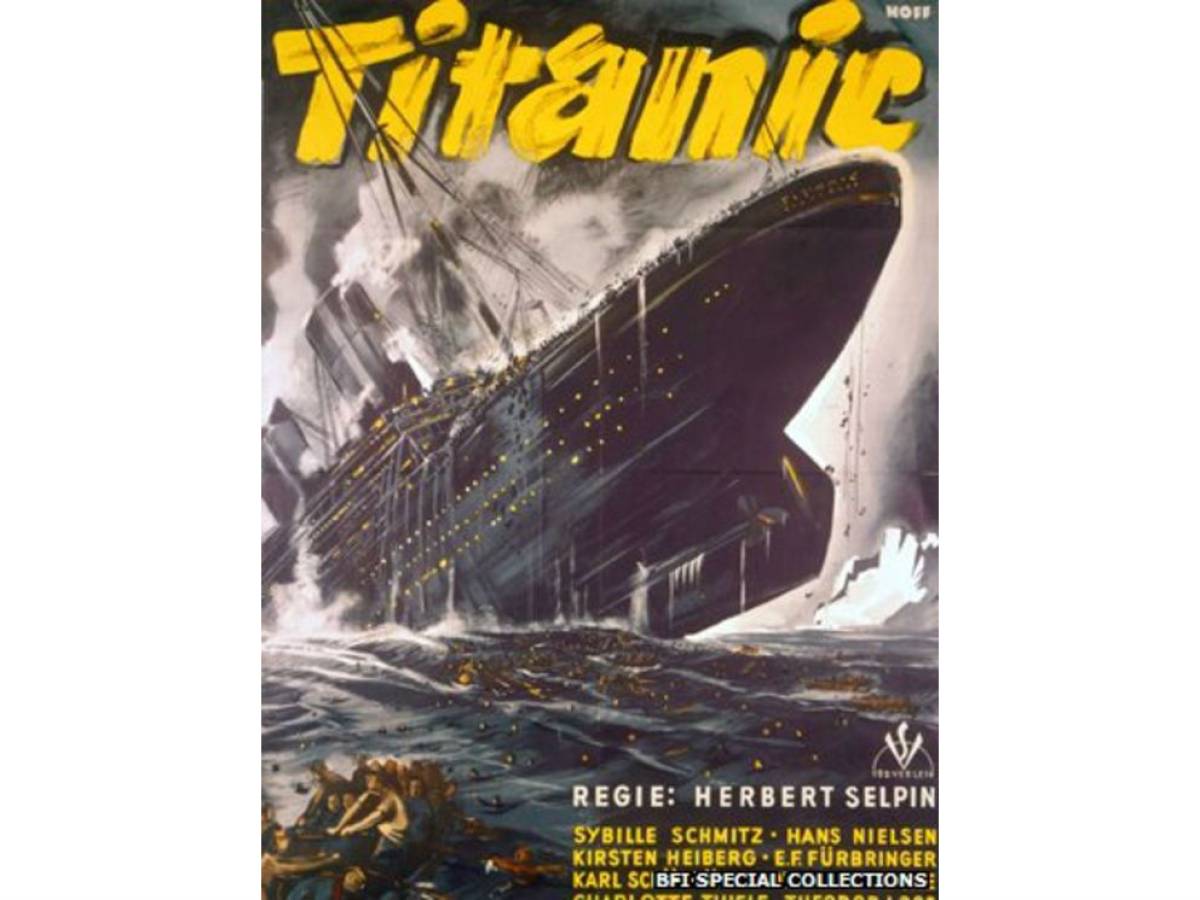



It is in reality a nice and useful piece of information. I’m satisfied that you shared this useful info with us. Please keep us informed like this. Thank you for sharing.